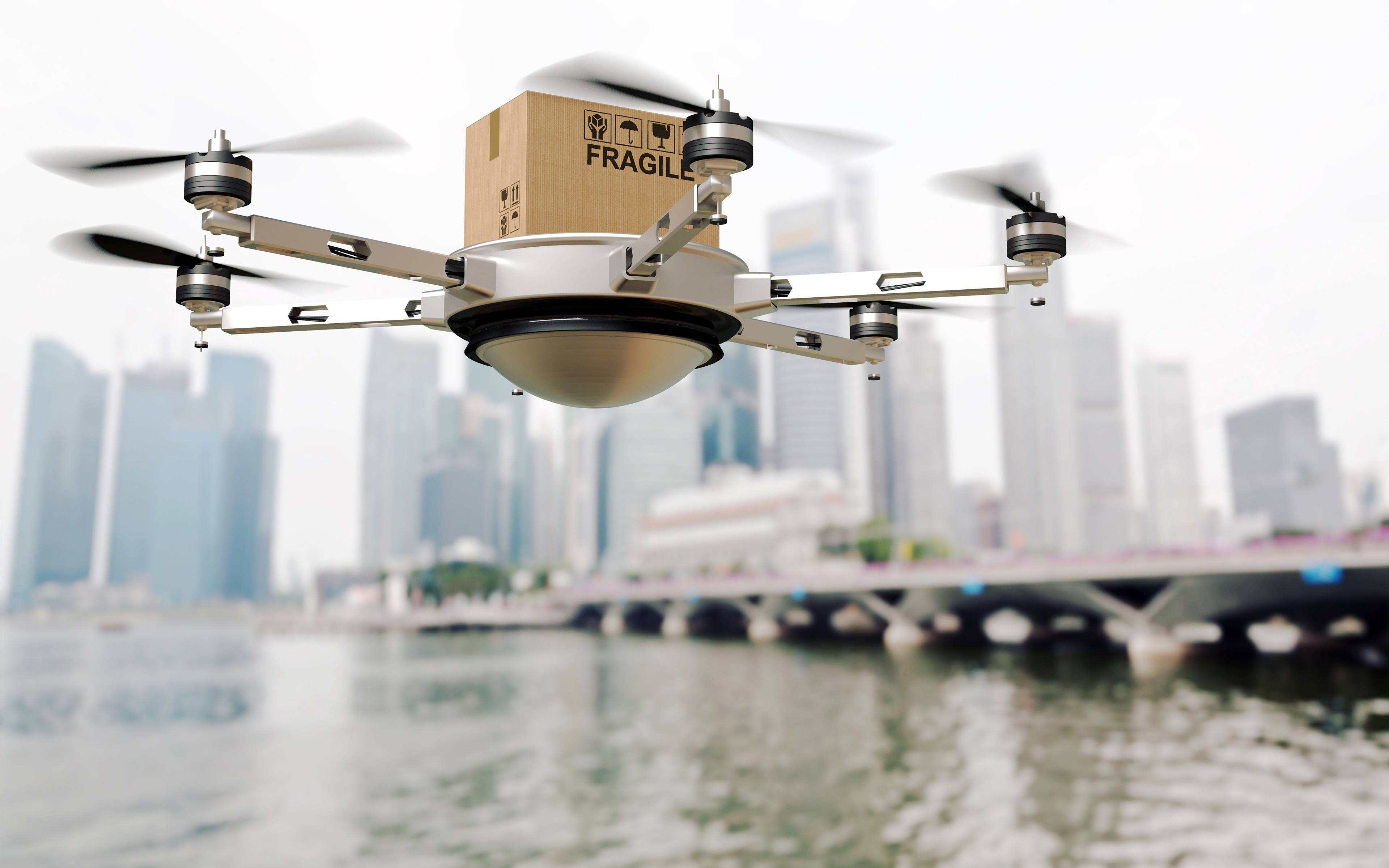Retail and consumer packaged goods (CPG) companies have been under extraordinary pressure in recent years to rethink and rebuild nearly every aspect of what they do — from how they get products on store shelves or directly into consumers’ hands to how they staff their operations reliably and cost-effectively, and to how, when and where they engage with their customers.
Modernizing, digitizing and optimizing at all levels continues to be a critical focus for these businesses in 2023 and beyond, as changing consumer behaviors and marketplace dynamics drive transformation across the industry. Many retail and CPG companies have set an ambitious vision for the future, which includes investing heavily in technology and processes to improve resilience and agility.
This changing dynamic was reflected at last month’s National Retail Federation conference (NRF 2023: Retail’s Big Show) in New York City, which attracted thousands of retailers, brands and industry professionals from around the globe. Protiviti’s consumer products and services (CPS) leadership team, which attended the conference, shares some of the key takeaways and recommendations for future growth.
Supply Chain Transformation
In Protiviti’s latest Top Risks survey, executives at CPG and retail companies ranked supply chain issues as the number one risk for their industry in 2023 — moving up two notches from last year’s survey. They worry about the viability of key suppliers, supply availability, supply price stability, and geopolitical, economic and other issues impacting all of the above. Looking out to 2032, this risk remains a major concern for CPG and retail leaders, ranking fourth among the top 10.
Given these findings, it’s not surprising that supply chain transformation remains a dominant issue for retailers. Indeed, industry leaders continue to show strong interest in exploring new strategies and tools for improving supply chain awareness and planning, demand forecasting, and warehousing and transportation. Inventory management and optimization and leading-edge technologies and techniques for supporting those processes, like computer vision, remain a major focus for many leaders.
Additionally, there was much discussion at the NRF conference about the potential for developing alternative global supply chain hubs and localizing supply chains to increase adaptability and organizational resilience.
Evolution of the Retail Store’s Purpose
Digital commerce isn’t going away, but neither are physical stores — or at least, those stores that are part of an integrated shopping experience that supports online, mobile app and in-person interactions for customers. Accelerated by the pandemic, more brands are implementing new “phygital” experiences — a blend of physical and digital ecosystems to provide unique interactive experiences for customers.
At the same time, many retailers believe that customers will still want to shop in physical stores often because they crave the social and tactile aspects of that experience. But optimism about the future of stores also stems from the rise of immersive retail, where technology like augmented reality and virtual reality (AR/VR) and self-service kiosks with artificial intelligence (AI) avatars can help retailers create engaging, personalized and frictionless shopping experiences for customers. The promise of enhanced computer vision applications for monitoring inventory, payments and loss prevention is another source of great hope for the future of retail.
Creating these experiences is no small feat — it takes time and investment — which explains why many retailers are thinking small so they can deliver big. Take the rise of pop-up stores as an example. Major brands are experimenting with this retail concept so they can test-drive immersive experiences, introduce new products, and connect directly with their consumers (and, in the process, learn more about them). This approach is spurring the growth of a whole new category of retail providers that are able to spend less while moving faster, experiment and more confidently double down on what’s working well and what isn’t.
Experiential stores like pop-ups are also light on inventory by design so that retailers can create more resilient customer experiences and meet shoppers’ expectations without carrying inventory risk. Also, it’s worth noting that in-store kiosks with AI have the potential to help stores bridge labor gaps and ease labor costs — both of which are concerns for the CPG and retail executives who responded to our latest top risks survey. At the same time, some fear that if they are not properly implemented, they may erode customer experience and do little to combat the rise in retail shrinkage.
The Customer Experience
Another key theme is the critical importance of delivering standout customer experiences in a hypercompetitive and constantly evolving marketplace. Retail companies recognize that they need to not just know their customers but also know them better if they want to succeed at building lasting relationships with them. A question retailers should be asking themselves is: Are we equipped to compete on customer experience? If the answer is anything but a strong yes, work needs to be done, as competing on experience will be a battleground for the foreseeable future.
Companies should stay attuned to their customers’ interests and goals, listen to and respond to their feedback, engage with them through all their preferred channels online and offline, as well as reward them for their loyalty. Big data and analytics, including customer experience analytics, are obviously essential to generating deeper customer insights that will allow these companies to tailor customer experiences for both digital and physical channels.
It’s also clear that retail companies are especially keen to increase their understanding of, and relationship with, Generation Z, as this emerging group of consumers is expected to wield a lot of buying power in the future. Research suggests this demographic has $360 billion in disposable income to spend — but the hitch is that Gen Zers tend to be savers. Turning them into spenders will take work and will require mastering the use of new and emerging commerce types, including social, livestream and meta commerce, that will appeal to these true digital natives.
Technology Advancements
From the centrality of data in driving decisions to the transformative potential of AI, technology remains top of mind for retail leaders. At the NRF conference, industry leaders explored creating immersive retail experiences with holograms, using computer vision to analyze in-store foot traffic and the value of bringing the point of sale to the edge — to name only a few of the technologies on display or discussed at the show. Price optimization technology is one of several areas undergoing rapid development, and AI and advanced analytics are no longer fringe products — they are staples or as one executive put it, “baked into everything.”
What’s the Bottom Line?
If the experience at the NRF conference taught us anything, it is that retail and CPG leaders are seriously and tactically thinking about resilient retail. Managing costs is important, but building a resilient business that will stand the test of time (and disruption) is even more critical. It encompasses actions that will keep the business afloat now and long into the future. So, for example, managing supply chain isn’t only about cutting costs but also about optimizing all capabilities to increase speed and reduce risks. Reducing real estate footprint doesn’t only mean closing down stores; it can also mean replacing space with pop-up stores where customers can have an immersive experience that will keep them coming back for more.
For many companies, there is a daunting gap between the vision of the future of retail and bringing that vision to reality for customers who have constantly changing needs. But on the heels of a devastating pandemic that upended the retail industry, industry leaders are eager to take on this challenge and close this gap quickly. There is no time to waste. Now is the time for companies to invest in tools and expertise that will help them figure out quickly how to spend a lot less, move a lot faster and gain more insights into what their customers need.
Lucas Manganaro, a Managing Director in Protiviti’s Business Performance Improvement/Supply Chain practice, and Alex Weishaupl, a Managing Director in Protiviti’s Digital/Creative and UX Design practice, contributed to this content.






